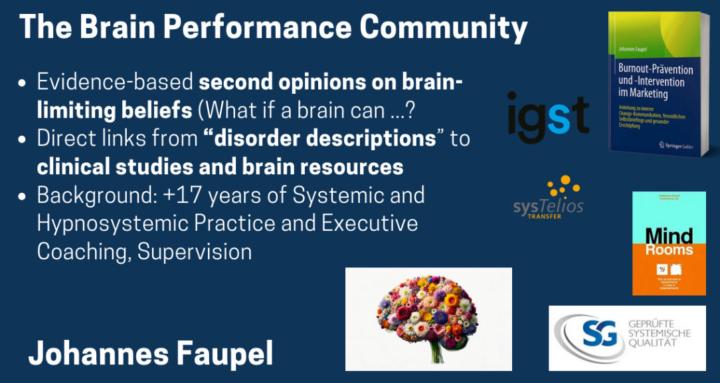Sep 1 (edited) • Sleep & Recovery
REM sleep and emotional memory consolidation
REM sleep and emotional memory consolidation: “I feel helpless – after hard days I wake in the night, heart racing; arguments replay in technicolor; by morning I’m raw and jumpy.” Here is the bridge to “Now I understand what my brain is able to accomplish.” During REM sleep your brain runs a specialised emotional memory lab – hippocampus, amygdala and medial prefrontal cortex cycle through the day’s charged experiences, extracting what to keep, softening the sting and weaving it into your personal model so you can face tomorrow with steadier affect.
Abstract
REM sleep and emotional memory consolidation describes a coordinated state – high acetylcholine with low noradrenaline, hippocampal–amygdala–prefrontal communication in theta rhythm, and ponto–geniculo–occipital bursts – that selectively stabilizes and integrates memories tagged with affect. Two complementary outcomes follow: the content of the memory is retained or abstracted, and the affective tone is recalibrated, so tomorrow’s amygdala response is less explosive while prefrontal regulation is better prepared. Sleep before learning, tunes encoding; sleep after learning supports consolidation and integration. When REM is fragmented or scarce, the system under-consolidates context and over-consolidates raw alarm – a profile seen in anxiety, depression and trauma – whereas solid REM predicts better fear extinction, flexible appraisal and social judgment.
Evident in Neuroscience and Brain Research
Across imaging, electrophysiology and behavioral studies, REM-rich nights bias consolidation toward emotionally salient episodes, increasing next-day recall for the gist while allowing the brain to recontextualize details. Amygdala–hippocampus coupling during REM tracks which items gain a durable foothold; medial prefrontal engagement helps decouple charge from content so recollection the next day is clearer but less incendiary. The REM milieu is distinctive – acetylcholine high, noradrenaline low – which promotes plasticity without the adrenergic “fight-or-flight” stamp. Theta synchrony coordinates hippocampal reactivation with prefrontal evaluation, and PGO waves appear at moments of strong dream imagery when associative linking is maximal. Sleep architecture matters across the night – NREM slow waves stabilize the scaffolding of the memory and down-select noise, while subsequent REM performs affective tuning and network-level integration – so the cycle, not a single stage, carries the benefit. Behaviorally, a consolidated REM period before exposure therapy or difficult social encounters predicts faster fear extinction, fewer intrusive recollections and steadier reappraisal, and REM-selective disruption leaves emotional reactivity artificially high even when neutral memory is intact. Dream mentation is not random nonsense – it is an associative workspace where social and threat models are recombined under low noradrenergic pressure, which is why creative problem-solving and perspective shifts cluster after nights with healthy REM.
0
0 comments
powered by

skool.com/brain-performance-2502
Evidence-based brain performance: Mental health through neuroplasticity, brain training, systemic interventions, using helpful brain functions.
Suggested communities
Powered by
